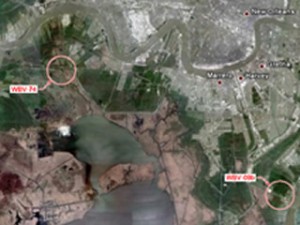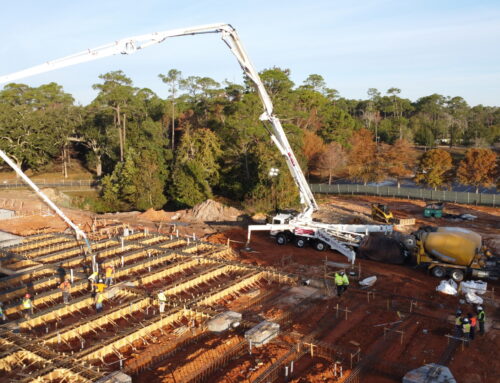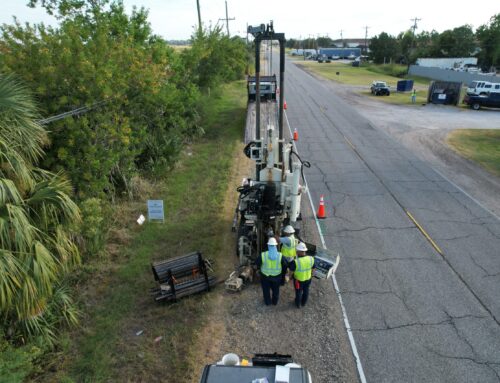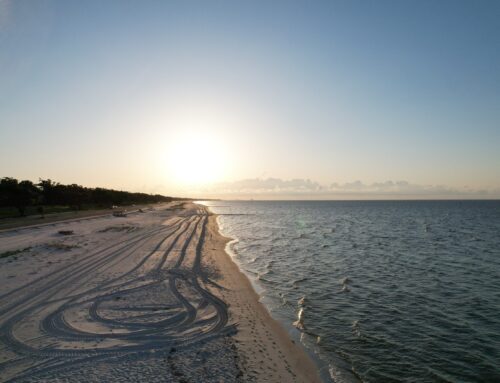HERO CANAL TO OAKVILLE AND SELLARS CANAL/BAYOU VERRET
 WEST BANK OF MISSISSIPPI RIVER
WEST BANK OF MISSISSIPPI RIVER
Eustis Engineering Services, L.L.C. is the geotechnical engineer of record for the U.S. Army Corps of Engineers’ Hurricane Protection System projects, WBV-09b (Hero Canal to Oakville) and WBV-74 (Sellars Canal/Bayou Verret). These projects represent the eastern and western extremities of the USACE’s Hurricane Protection System on the west bank of the Mississippi River.
Both projects involved design of hurricane lines of protection spanning across undeveloped plots of land and water. At each site, a navigable flood control structure was designed to cross the existing canal with adjoining pile supported concrete floodwalls (T-walls) on both sides of the canal. These T-walls were designed to tie into earthen levee embankments.
Eustis Engineering provided design and engineering during construction services. Our services included:
- Drilling and sampling of 5 in. diameter undisturbed, soil test borings
- Soil laboratory testing including triaxial compression undrained shear and consolidation tests
- Development of soil design parameters
- Pile load capacity estimates
- Slope stability analysis of gates, floodwalls, and tie-in levees
- Settlement analysis of structures
- Oversight and evaluation of static pile load test programs
Highlights from the design phase included:
No changes to pile tip elevations based on the pile load testing program (predicted axial pile load capacities were very close to measured capacities)
Expediting the design schedule for the USACE using geotechnical data from an adjacent project and verifying these data with site specific soil borings
In addition to the above services, Eustis Engineering offered an innovative solution to the USACE. To induce consolidation settlement in the foundation soils before piles were installed for support of T-walls, Eustis Engineering recommended an earthen preload program be used with prefabricated vertical drains (wicks) to accelerate this settlement. Eustis Engineering performed detailed, time-rate of settlement analysis of floodwall/levee tie-ins including evaluation of wick drains. This innovative solution significantly reduced loads on pile foundations (due to the large amounts of fill planned for the levees) and enabled construction to be complete by the June 2011 goal.
Eustis Engineering also designed a field instrumentation program to monitor:
- Vertical movements in the foundation soils with settlement plates and gauges
- Lateral movements in the foundation soils with slope inclinometers
- Pore water pressure response in the foundation soils with vibrating wire piezometers
- The most impressive part of this program is that instrumentation at each site was wired to data loggers powered by solar panels in these remote locations. All field work was performed by the engineering and drilling staff at Eustis Engineering.
Eustis Engineering recently received formal recognition from the USACE for their design phase work and innovative solutions on these two projects.
Eustis Engineering, as part of the design team, received a Certificate of Appreciation from the USACE for their involvement in these projects. This was due to their exceptional achievement in support of the Mississippi Valley Division’s New Orleans District and the execution of the Hurricane and Storm Damage Risk Reduction System (HSDRRS) mission.




